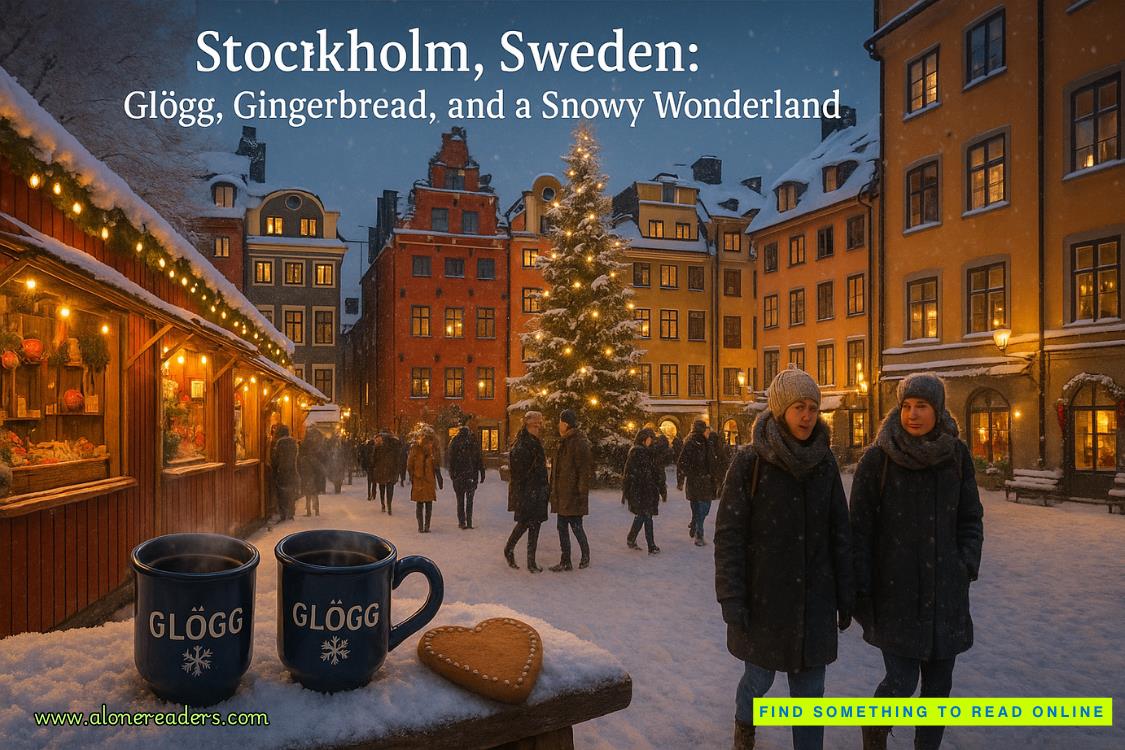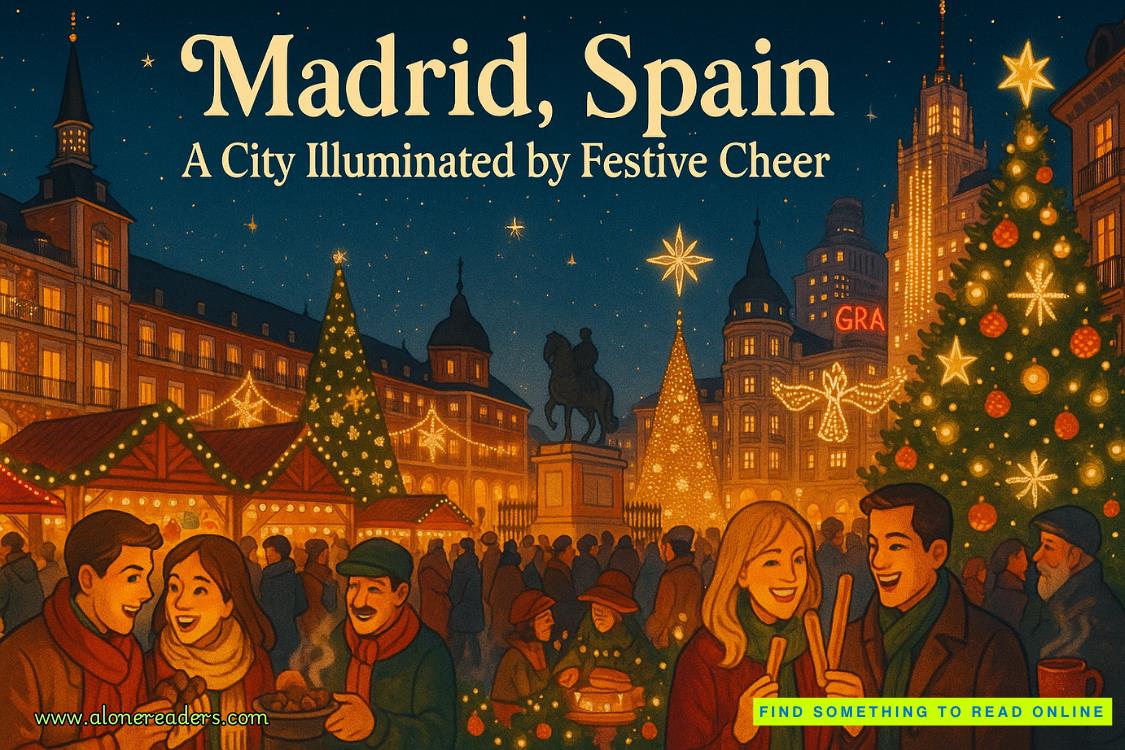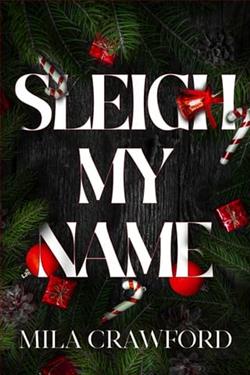Page 45 of Royally Romanov
“Finley, this is a serious problem. When you told me the photograph was a family heirloom, I assumed you’d procured it from an individual with ties to the Romanov court. Not someone who claimed to be an actual Romanov.”
“Excuse me.” Henri raised his hand. “Are we talking about the same Laurent Romanov who the police just named a person of interest in the attack at Point Zero a few weeks ago?”
“What?” Finley said. “That’s not possible. He was the victim. How can he be a person of interest?”
Henri shrugged. “Your guess is as good as mine. But his name is all over the front page of the paper. The authorities are asking anyone with knowledge of Monsieur Laurent to come forward.”
Madame Dubois glared at Finley.
Perfect. Just perfect.
“I realize this complicates things.” Finley kept her gaze glued to the photograph. She couldn’t bear the strange looks being cast her way by the other curators. They probably thought she’d lost her mind.
Maybe she had.
“This more than complicates things, Finley. This puts the entire exhibit at risk... millions of dollars in art. Not to mention the reputation of the Louvre.” Madame Dubois sank into her chair. “Your Mr. Laurent is obviously a fraud. Surely it won’t be too difficult to discredit him.”
Maurice let out a laugh. “Is that even necessary? Wasn’t Anastasia’s body discovered in 2007 and verified through DNA evidence?”
“It was.” Madame Dubois nodded.
Finley averted her gaze. “Actually, not everyone accepts the DNA evidence as accurate.”
She looked up and squared her shoulders. She’d gone ahead and said it, so she may as well own it.
“What? Is that true?” Simone’s gaze swiveled back and forth between Finley and Madame Dubois.
Finley gave a firm nod, hoping to project far more confidence than she actually felt. “Yes. The Russian Orthodox Church disputes the DNA findings.”
For days, she’d been trying very hard to forget this obscure fact. No one seriously believed the church’s claim that the DNA tests were wrong. Their refusal to accept that the remains found in a Russian field in 2007 belonged to Anastasia and her brother, Alexei, was widely considered to be a political stance. Scientists and the art world considered it a way to protect the Soviet government from rumors that they’d faked the original burial of the Romanovs.
It was the most far-fetched loophole imaginable. The bones had been tested against the DNA of Britain’s Prince Philip, a distant relative of the Romanovs. Scientists claimed the DNA was a match. Case closed.
Who would believe the assertions of a church with a political agenda over the cold, hard facts?
Not Finley. Unless...
“You’re not seriously suggesting that the Russian Orthodox Church’s crazy conspiracy theory is true.” The incredulity of Madame Dubois’s tone made it clear there was only one correct way to respond.
Finley would have liked to say no, she wasn’t suggesting that at all.
Except she sort of was.
“I’m just saying there’s room for doubt.” The tiniest possible room, but that’s all she needed.
This isn’t about me. It’s about Maxim.
It was about what Maxim needed, and those needs were at odds with Finley’s. She didn’t even know why she was saying these things. She couldn’t back up a single thing Maxim had told her about his family. Neither could he.
“If this man makes a claim under the Century Rule and the art gets tied up in litigation, you’ll lose your job. There’s not a museum in Europe that would hire you if you claim this man is Anastasia’s grandson. So perhaps you need to rethink your position.” There was an undeniable tremor of fury in Madame Dubois’s voice.
It wasn’t too late to backtrack. She should just forget about the church and accept the DNA findings, just like every respectable member of the scientific community had. “But what if he’s right? What if he really is Anastasia’s grandson?”
As impossible as it seemed, it could be true. And if it was, the art belonged to him. Fair and square.
“He’s not. Period.”
“But what about the picture?” Simone asked.















